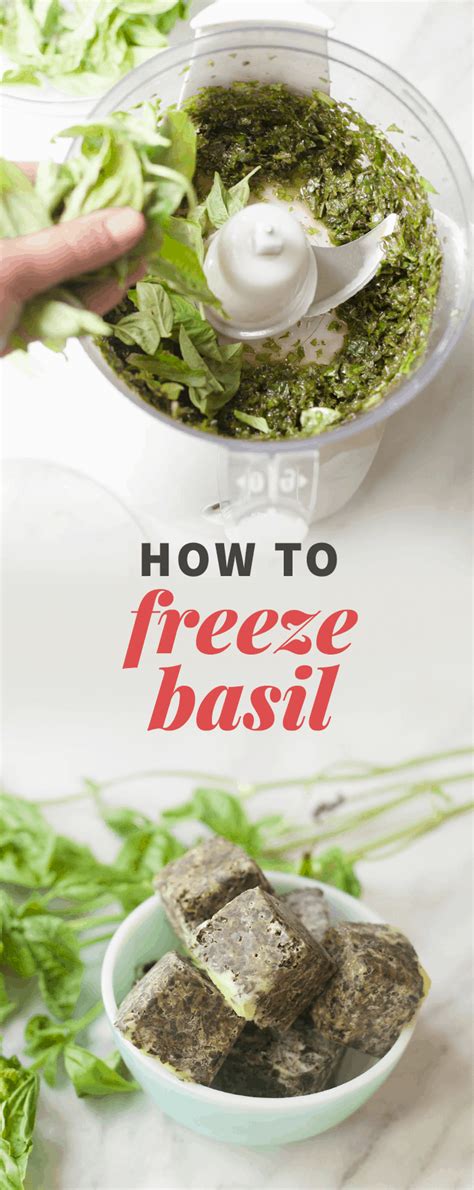How to Freeze Basil: Preserve the Taste of Summer
Freezing basil is a fantastic way to enjoy the fresh flavor of summer all year round. This guide will walk you through several methods, ensuring your basil stays vibrant and delicious even after months in the freezer. Proper freezing techniques are key to preventing freezer burn and maintaining that signature basil taste.
Why Freeze Basil?
Basil is a delicate herb, and its flavor diminishes quickly once harvested. Freezing it allows you to preserve its freshness and vibrant green color, extending its shelf life considerably. This is especially useful if you have a bumper crop from your garden or have purchased a large amount from the market.
Methods for Freezing Basil
Several methods effectively freeze basil. Choose the one that best suits your needs and available time.
Method 1: Freezing Basil Leaves Whole
This method is best for using basil leaves whole in soups, stews, or sauces.
- Wash and Dry: Thoroughly wash your basil leaves under cool water and gently pat them dry with a paper towel. Excess moisture can lead to freezer burn.
- Arrange on a Tray: Spread the leaves in a single layer on a baking sheet lined with parchment paper. Avoid overcrowding.
- Flash Freeze: Place the baking sheet in the freezer for 2-3 hours, or until the leaves are completely frozen solid.
- Transfer to a Bag: Once frozen, transfer the leaves to a freezer-safe bag, removing as much air as possible. Label and date the bag.
Pros: Preserves leaf shape and texture well. Cons: Not ideal for recipes requiring chopped basil.
Method 2: Freezing Basil in Ice Cube Trays
Ideal for adding small amounts of fresh basil to recipes throughout the year.
- Prepare Basil Mixture: Finely chop your basil leaves. You can also blend them with a little olive oil for a more flavorful frozen cube. This olive oil infused basil can be added directly to dishes.
- Fill Ice Cube Trays: Fill ice cube trays with the chopped basil mixture.
- Freeze: Freeze until solid.
- Transfer to Freezer Bag: Pop the frozen basil cubes out of the tray and store them in a freezer-safe bag.
Pros: Easy to portion and use in small quantities. Cons: Can result in slightly altered texture compared to fresh.
Method 3: Freezing Basil as a Paste
This method creates a concentrated basil flavor, perfect for sauces and pesto.
- Blend Basil: Combine washed and dried basil leaves with a small amount of olive oil or water in a food processor or blender until smooth. Adjust liquid as needed to reach your desired consistency.
- Portion and Freeze: Transfer the basil paste to an ice cube tray or small freezer-safe containers.
- Freeze and Store: Freeze until solid, then transfer to a freezer bag for long-term storage.
Tips for Success
- Use Fresh Basil: Start with the freshest basil possible for optimal flavor and color.
- Proper Storage: Always use freezer-safe bags and containers, ensuring they are properly sealed to prevent freezer burn.
- Label and Date: Label all your frozen basil with the date to ensure you use it within a reasonable timeframe (ideally within 6-12 months).
Conclusion: Enjoy Basil Year-Round!
Freezing basil is an easy and effective way to enjoy the taste of summer all year long. By following these methods, you can preserve your basil's vibrant flavor and enjoy delicious, homemade meals throughout the year. Remember to experiment with the different methods to find the best one for your culinary needs!
